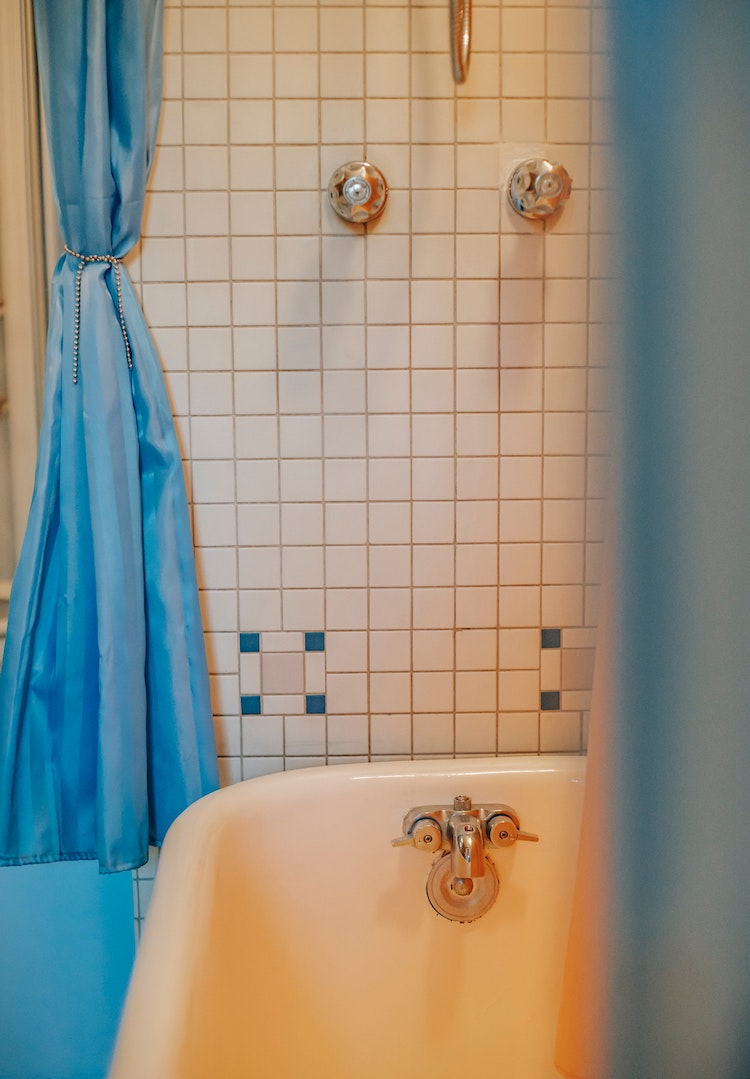Will vaginal prolapse make my vagina ‘fall out’?
WORDS BY CAITLIN CEFAI
60 per cent of women will develop it over the course of their lives.
Being a person with female reproductive organs is a painful experience. Menstruation brings cramps, headaches, back pain, leg pain, cravings and exhaustion. Not to mention the blood, tampons, pads, cups, gynaecologist visits and pap smears.
It can feel like a never-ending barrage of discomfort and inconvenience. Then there are the experiences that slip under the radar, conditions like endometriosis, polycystic ovarian syndrome and – one I recently discovered – prolapse.
Looking for more thought-provoking reads? Try our Life section.
Prolapse is the term for the medical phenomenon where a body part or organ moves outside of its correct place in the body. Typically, prolapse refers to the bladder, uterus or rectum falling downward in the pelvis.
For 24-year-old Natashja Wilson, prolapse was a condition she had never heard of until she was diagnosed with it in 2019, following two years of confusion and shame about her symptoms.
Less than a year after discovering her diagnosis, Natashja became a self-professed ‘prolapse warrior’, using her blog and social media platforms to share her story and encourage others with prolapse to live their best lives with the condition.
In the last four years, Natashja has become a voice of empowerment and education among a chorus of fear-led misinformation online. “I started to share my story to ensure that no woman feels how I felt when I was first diagnosed – alone and isolated,” she says.
With #uterineprolapse recently trending on TikTok, fear-mongering storytimes went viral including tales of how “your uterus can fall out of your body” and women’s accounts of “holding their insides in their hands”.
Here, Natashja and Alexandra Lopes, a physiotherapist and the Director of Pelvic Health Melbourne, debunk some of the biggest misconceptions about vaginal prolapse.
Myth #1: Is it true that my vagina can ‘fall out‘?
Alexandra walks me through what vaginal prolapse specifically is, explaining that “it’s when one of the organs [the bladder or the uterus] falls into the vaginal space and creates a bulge, ache or a heaviness.”
“I first noticed my symptoms at the age of 18,” Natashja says. “I vividly remember going to the toilet and feeling and seeing a bulge coming out of my vagina. At that age, I was still very much unaware of my anatomy and what was deemed normal or not.”
Alexandra explains that while it can feel like your organs are falling out, prolapse actually presents as more of a bulge or pressure against the vaginal wall or perineum instead of an organ completely coming out of the vaginal opening.
“The symptoms are usually described as a pressure in the vagina, where it can feel like grapes, a tampon, a ping pong ball, an egg or a tennis ball pushing down onto the vaginal wall,” Alexandra explains.
Natashja and Alexandra want young people to know that if they believe they are experiencing the symptoms of prolapse, they should seek advice from their GP immediately.
Myth #2: Prolapse only affects women after they’ve given birth
View this post on Instagram
Alexandra explains that while pregnancy and childbirth are the biggest risk factors for developing vaginal prolapse, prolapses are very common. In fact, up to 60 per cent of women will develop it over a lifetime. “However, only 26 per cent will become symptomatic and only 6 per cent go on to require surgery,” she adds.
Natashja is one of the women with pre-childbirth prolapse. “I was living with my friends at the time and so I decided to ask for their advice. They responded with questions like, ‘Maybe it’s your G-spot? Are you sure it’s just not just a spot or a cyst?’. I was so embarrassed, so I just left it hoping that it would go by itself.”
It wasn’t until she turned 20 and experienced other symptoms (like painful intercourse, difficulty inserting a tampon and trouble emptying her bladder) that she decided to see a doctor.
“I increasingly got more symptomatic – particularly when I was on my period or after exercise. I decided to show a photo of this bulge to my mum and ask for her advice. I remember the shock on her face as I showed her the photo and her insisting that we book a doctor’s appointment.”
When she eventually sought medical advice, she was surprised at the shock she encountered from medical professionals. “They [were] taken aback by someone so young with no children having a prolapse. I am often met with statements like ‘This is so rare for someone your age’ or ‘This usually only affects older women’ or ‘But you are so young’.”
Natashja believes that these gaps in education and medical research were part of why it took her so long to be diagnosed. “One of the main reasons I didn’t go to the doctor for so long was because I felt so embarrassed about discussing my genitalia… There is a massive gap in research on those who suffer from prolapse before childbirth.”
Myth #3: Prolapse is super painful
View this post on Instagram
Alexandra explains that while prolapse can be a painful experience for some, the pain is usually from pelvic floor muscle tension or other causes, which are manageable and treatable.
She suggests taking 10 minutes, three times a day, to lie on the floor and rest if you are experiencing symptoms of prolapse. Alexandra also encourages light pelvic floor muscle exercises, but to be wary of overdoing them, as it can mask the intensity of prolapse, and potentially worsen symptoms.
Natashja believes the emotional challenges that come with prolapse can be “far more detrimental”. “Often only the physical impacts are addressed by medical professionals. I think at a young age I found it very difficult to receive such a diagnosis as nobody understood what I was going through.”
Myth #4: You have to give up your hobbies if you have a prolapse
One of Natashja’s initial fears was having to give up on her hobbies, like exercising. “I really loved sport and the gym, and at the time it was saving my mental health, so I was fearful I would have to stop it completely. I read endless lists on Google of things I should stop doing now that I had prolapse including no more running, core exercises, squats and endless other things. I felt as if my body was broken.”
As Natashja came to discover, and as Alexandra explains, it’s totally possible to live a normal life if you have vaginal prolapse. “A prolapse does not mean you have to stop all the activities you love, it just may mean some slight adjustments to higher-impact activities.”
Natashja found that compromises in the gym and learning to listen to her body (as well as seeking professional help from a women’s health physiotherapist and psychosexual therapist) helped her keep doing her favourite things. “I am now very mindful of what exercises make me more symptomatic, what time of the day and month I am more symptomatic, and how to respond if I am feeling that way.”
Natashja’s mission is to show other young women and AFAB people that they are not alone. “There is an army of women out there who are willing to support you [and] can understand what you are going through and offer words of advice. Know that you are still worthy and lovable with your prolapse diagnosis. We are going through this journey together.”
To learn more about pelvic floor disorders, head here.













